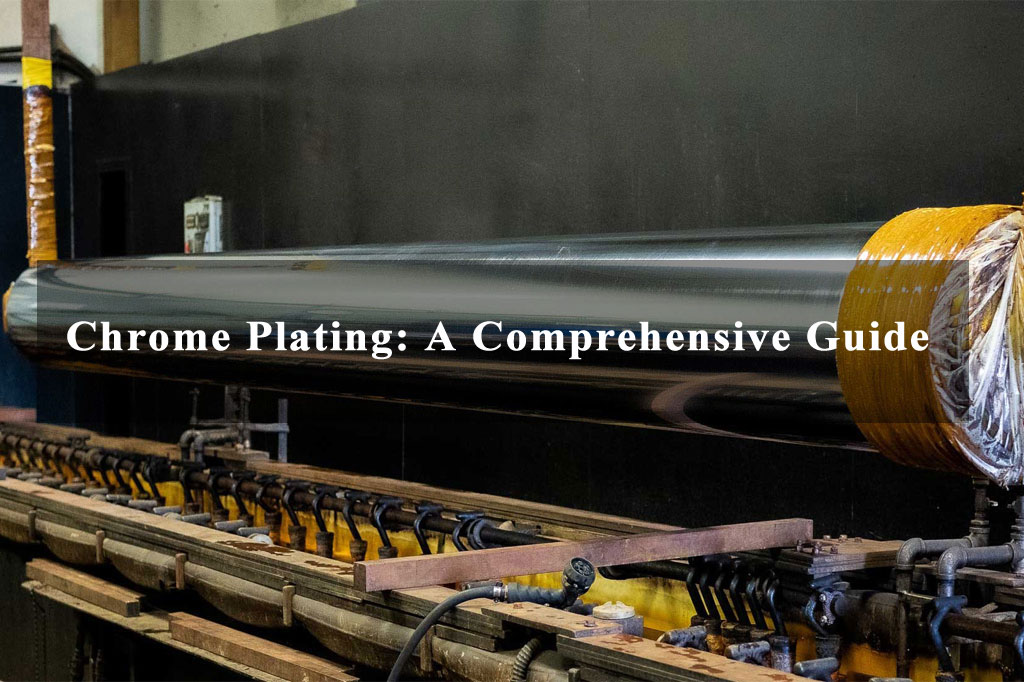Also known as chromium plating, chrome plating involves applying a layer of chromium metal onto a substrate, usually steel or aluminum, using electroplating. This coating enhances the part’s appearance, boosts its corrosion resistance, improves hardness, and reduces friction.
The surface treatment process creates a durable, shiny, and visually appealing surface while also enhancing the component’s performance and longevity.
This article will explore the process of chrome plating, its types, applications, benefits, and challenges.
Types of Chrome Plating
There are two primary types of chrome plating: decorative chrome plating and hard chrome plating. These variations differ in terms of the plating process, thickness, and the benefits they provide.
1. Decorative Chrome Plating
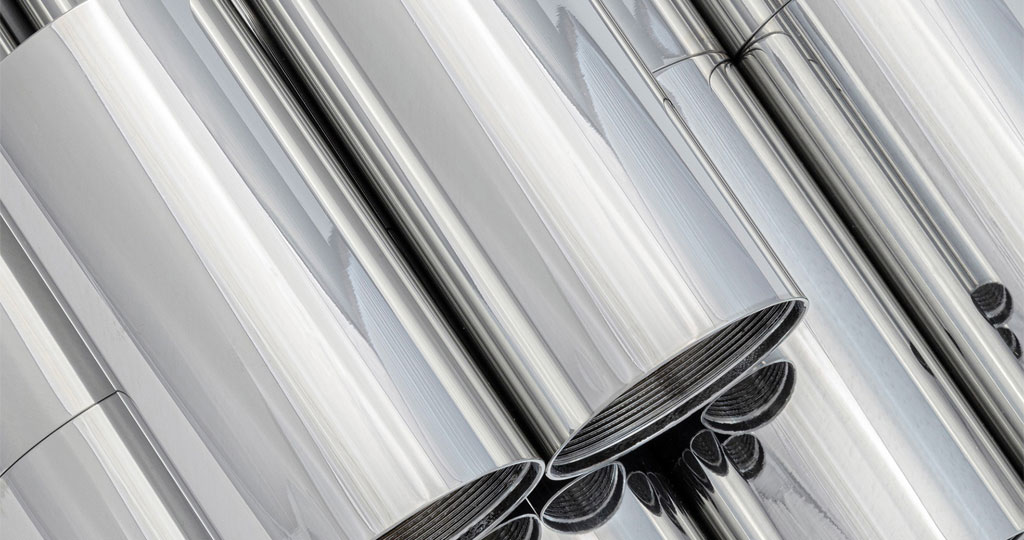
Decorative chrome plating, also known as bright chrome plating, is primarily used for aesthetic purposes. It is commonly applied to automotive parts, furniture, plumbing fixtures, and other consumer goods that require a shiny, mirror-like finish. The process typically involves a multi-stage electroplating system that ensures a smooth and glossy finish.
Decorative chrome plating is often used for:
- Automotive components like bumpers, wheels, and grilles
- Plumbing fixtures, including faucets and showerheads
- Household appliances, like refrigerators and toasters
- Decorative items like jewelry, trophies, and hardware
The process results in a reflective, bright finish that is resistant to tarnishing and provides a high degree of visual appeal. However, decorative chrome plating is generally thinner than hard chrome plating, offering more aesthetic benefits than functional properties.
2. Hard Chrome Plating
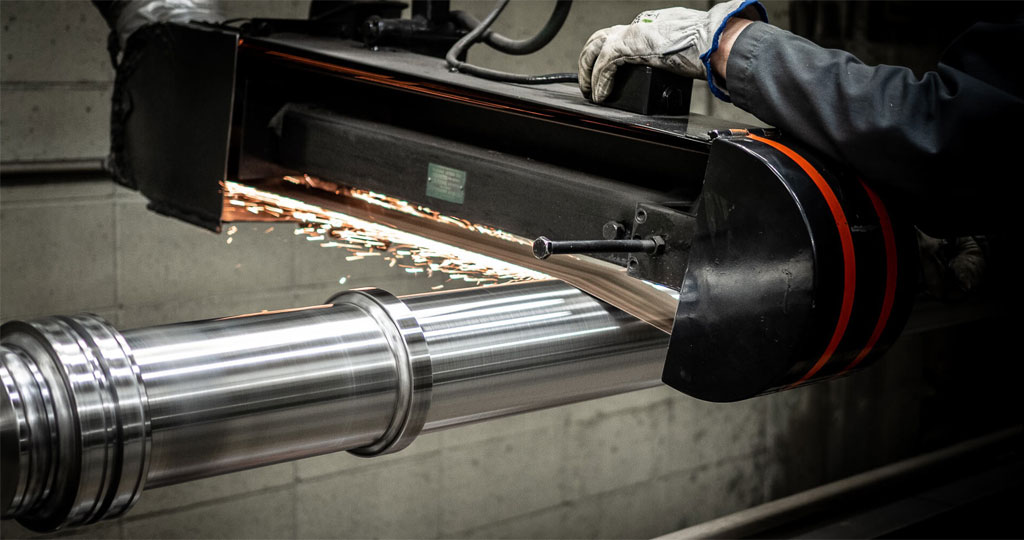
Hard chrome plating, or industrial chrome plating, is used to improve a substrate’s durability, wear resistance, and hardness. Unlike decorative plating, hard chrome plating enhances the part’s mechanical properties. It is widely used in industries such as manufacturing, automotive, and aerospace for components that experience high levels of wear and tear.
Parts that benefit from hard chrome plating include:
- Hydraulic cylinders
- Engine components
- Machine tool parts
- Pistons, rods, and shafts
- Aerospace components
The coating is applied in a thicker layer than decorative chrome, providing excellent resistance to wear, corrosion, and heat. Hard chrome plating also reduces friction, making it ideal for components that require durability and extended service life.
The Chrome Plating Process
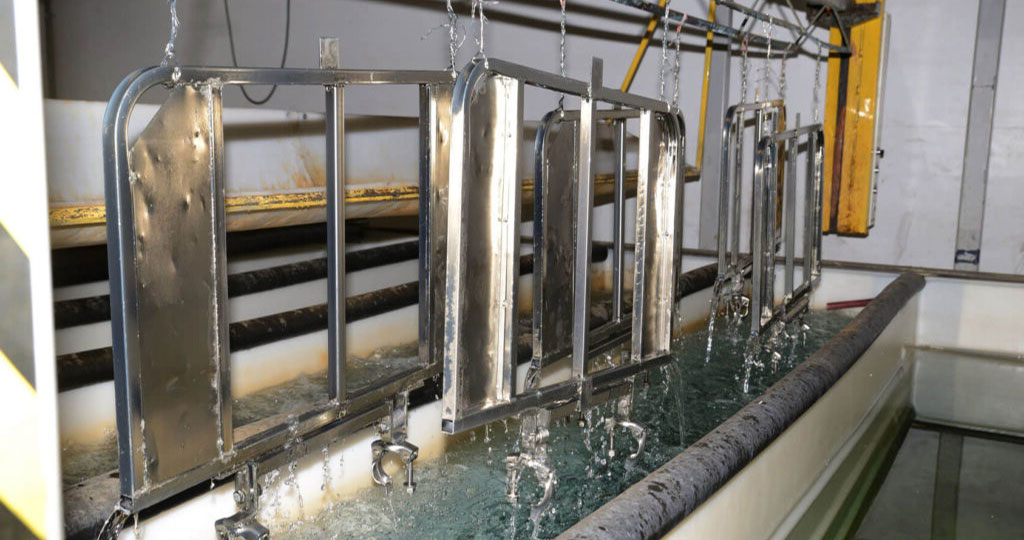
The process of chrome plating involves several steps, each designed to prepare the substrate, apply the chromium layer, and achieve the desired characteristics. The general steps include:
1. Surface Preparation
The chrome plating process begins with preparing the material’s surface. This is crucial for ensuring that the chromium adheres properly and forms a smooth, uniform coating. Common surface preparation techniques include:
- Cleaning: The surface of the part is cleaned to remove any dirt, grease, oils, and contaminants.
- Polishing: If the part requires a shiny finish, it may be polished using abrasives to smooth out any imperfections.
- Etching or Sandblasting: For parts that require a matte finish, the surface may be etched or blasted to create a rougher texture, which enhances adhesion.
2. Electroplating
After proper surface preparation, the electroplating process begins. The component is fully immersed in a solution containing chromium salts, and a controlled electric current is passed through the solution to initiate the plating process. This causes the chromium ions to deposit onto the substrate, forming a smooth, uniform coating.
- Anode: The anode in the plating bath is made of chromium metal, which dissolves into the solution as the plating progresses.
- Cathode: The component being plated acts as the cathode, where the chromium ions are reduced and deposited onto its surface.
- Plating Bath: The bath contains a mixture of chromium trioxide (CrO3) and sulfuric acid (H2SO4), although variations may exist depending on the specific application (e.g., hard chrome vs. decorative chrome).
3. Post-plating Finishing
After the chrome has been applied, the component undergoes several post-plating processes to achieve the desired finish. This may involve polishing, buffing, and even chromate conversion to ensure the chrome layer is smooth, durable, and corrosion-resistant.
Applications of Chrome Plating
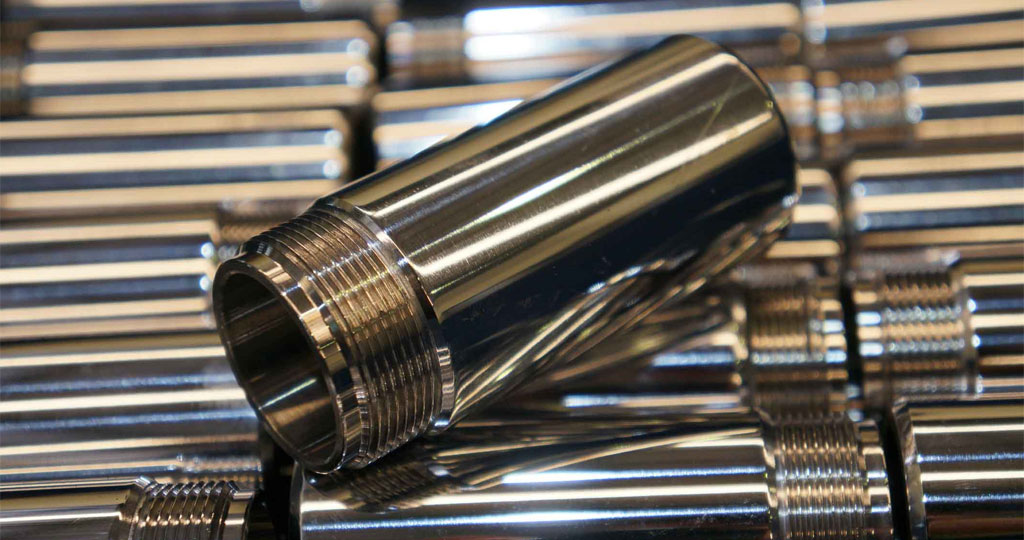
Chrome plating is applied in a wide range of industries and products, with different requirements for appearance, durability, and functionality. Here are some of the most common applications of chrome plating:
1. Automotive Industry
Chrome plating is highly valued in the automotive industry for both its decorative and protective qualities. It enhances the appearance of various vehicle parts, such as bumpers, wheels, grille trims, and door handles, providing a shiny, reflective surface. Additionally, chrome-plated components like shock absorber rods and engine parts benefit from increased wear resistance and extended service life.
2. Aerospace
In the aerospace industry, hard chrome plating is used for parts that need to withstand harsh conditions, including high temperatures and frequent wear. Chrome-plated aerospace components include landing gear parts, hydraulic components, and turbine engine components.
3. Manufacturing and Heavy Machinery
Hard chrome plating is also widely used in manufacturing and heavy machinery to protect components from wear and tear. Plated parts include hydraulic cylinders, pistons, gears, and shafts, all of which benefit from enhanced durability and resistance to corrosion.
4. Plumbing Fixtures
Chrome plating is commonly applied to plumbing fixtures such as faucets, showerheads, and toilet handles, offering a high-quality, shiny finish that is resistant to corrosion and tarnishing.
5. Medical Equipment
In the medical field, chrome plating is used for parts like surgical instruments and medical devices that require both high precision and durability. This process helps equipment stay resistant to corrosion, wear, and biofouling.
Benefits of Chrome Plating
Chrome plating offers several advantages, making it an attractive choice for various applications:
- Improved Durability: Chrome plating increases the hardness and wear resistance of parts, extending their service life and reducing the need for frequent replacements.
- Corrosion Resistance: The chrome coating offers excellent protection against rust and corrosion, making it ideal for parts exposed to moisture or harsh environments.
- Aesthetic Appeal: Decorative chrome plating creates a mirror-like finish, enhancing the visual appeal of components and products.
- Reduced Friction: Chrome plating can significantly reduce friction, which is beneficial for parts that experience constant movement or need to operate smoothly.
- Easy Maintenance: Chrome-plated surfaces are known for being easy to clean and maintain, thanks to their resistance to staining and tarnishing.
Challenges of Chrome Plating
Despite its many benefits, chrome plating does come with certain challenges:
- Environmental Concerns: The process involves the use of toxic chemicals, such as chromium salts, which can pose environmental and health risks if not properly managed.
- Cost: Chrome plating can be expensive due to the materials, equipment, and labor required for the process, especially for thick coatings or complex components.
- Thickness Limitations: While hard chrome plating can provide thick coatings, decorative chrome is usually applied in thinner layers, which may not be suitable for parts requiring high durability.

